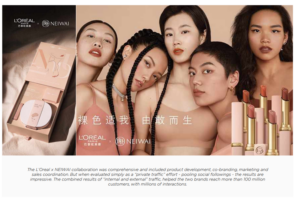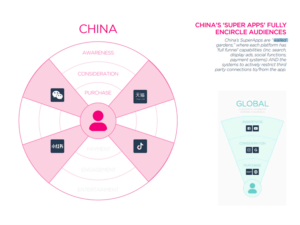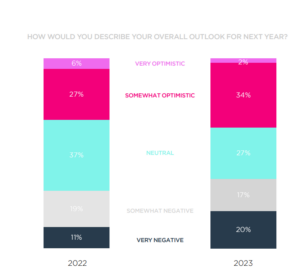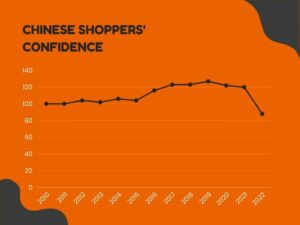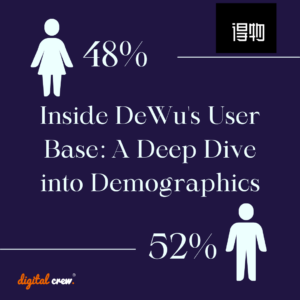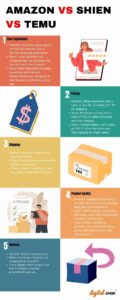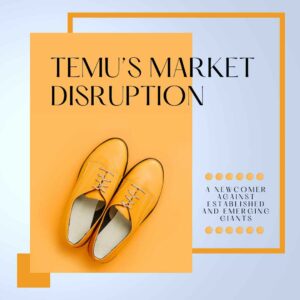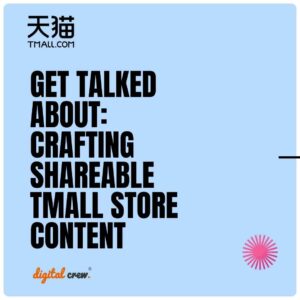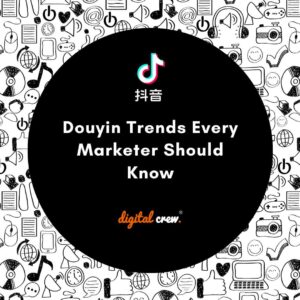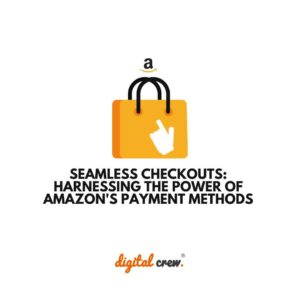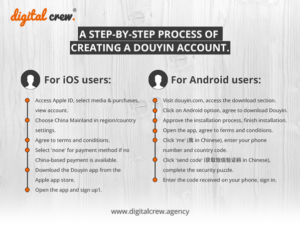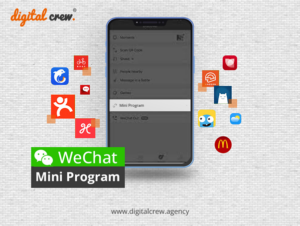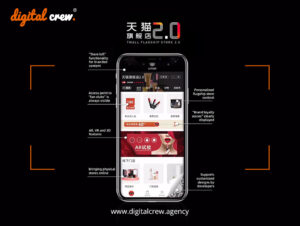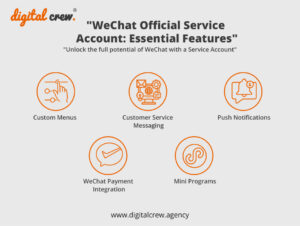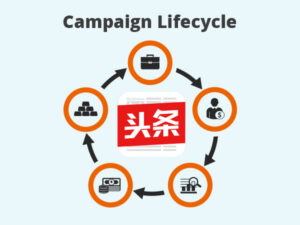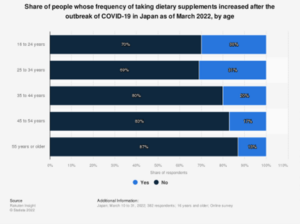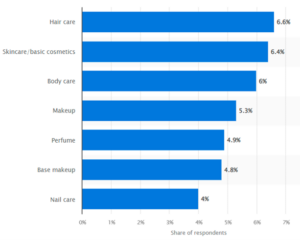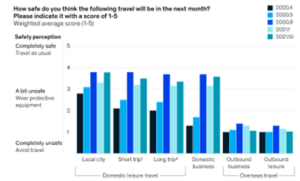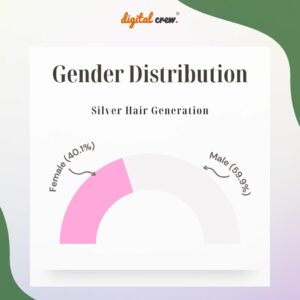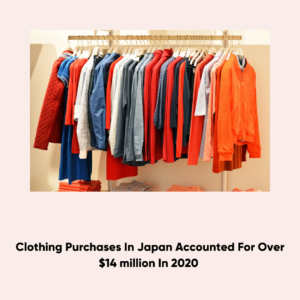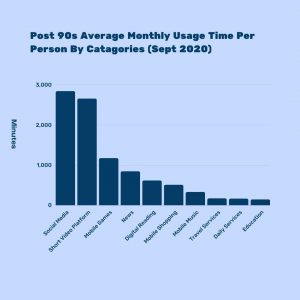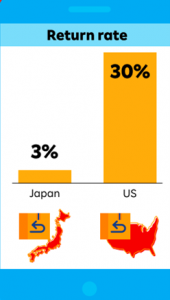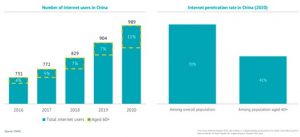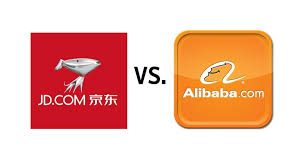Much has been written about Chinese consumers moving online and the country’s phenomenal growth in eCommerce. In 2022, the Chinese consumer is highly sophisticated.
What we mean is that there is an increase usage and understanding of mobile technology as well as social media. The Chinese customer is looking for a richer alternative to traditional shopping.
First, we must look at how Chinese consumers use the Internet, to understand how their purchase path differs from those of consumers in other markets.
Search Vs Highly Personalised Discovery
Customers in China like to spend their time in a discovery-driven online environment, where buying is an adventure.
ECommerce players in China optimize their platforms for customer involvement, blurring the lines between entertainment and eCommerce, as well as online and offline commerce. Shopping is a group activity, not a solo one.
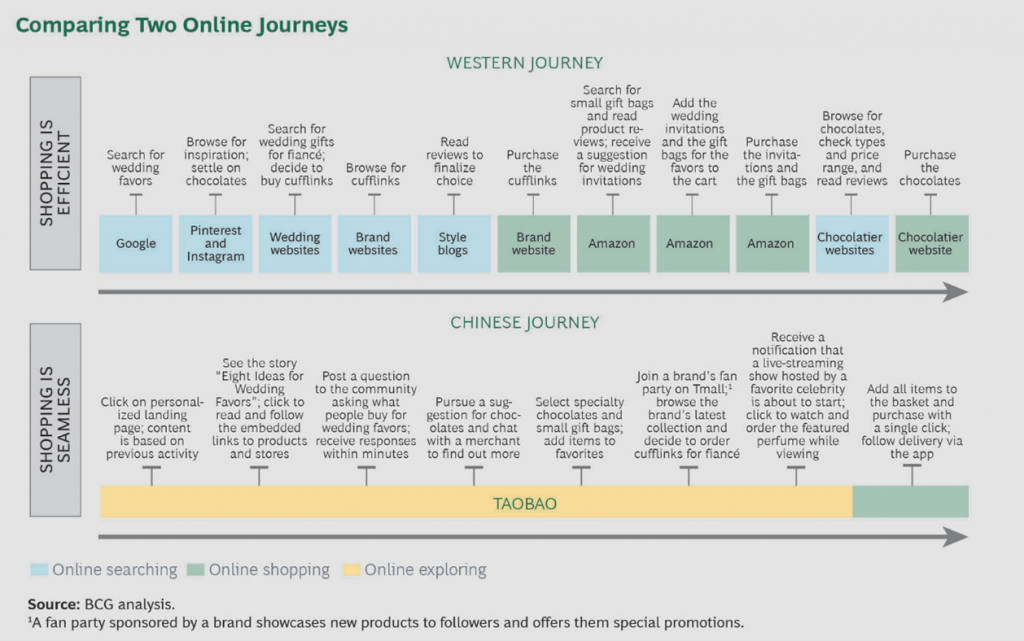
Because online shopping in the West is frequently geared for efficiency, consumer behaviour during the prepurchase phase is mostly focused on searching…
-Typically, consumers will go to an online shop, such as Amazon, or a company’s website with a specific item in mind
-Category specifics, such as product, style, colour, and size, assist shoppers in drilling down and narrowing their search
-To speed up the transaction process, the payment page is automatically completed with personal information.
Mission accomplished! The online purchase experience is quick, easy, and convenient.
The average Chinese consumer, on the other hand, behaves quite differently. Instead of searching for specific things online during the prepurchase phase, Chinese customers embark on a voyage of exploration and discovery, much like they would if they were travelling to the mall with friends or family.
Chinese shoppers check the Internet frequently to see what’s fresh or what’s popular. This is due in part to the highly individualized and frequently changing character of the online shopping experience, which not only facilitates product discovery but also assists consumers in making lifestyle choices.
A More Curated Shopping Experience
In the United States product recommendations are made by online retailers based on a consumer’s searches or purchasing history. Marketplaces in China, such as Alibaba’s Taobao and Tmall Global, use similar data, but they also collect other types, such as social interaction and location data, and apply analytics, artificial intelligence, and customization. This has resulted in a curated purchasing experience, achieved by only a few in the West.
Everything that customers see on their screens is personalized and updated in real time. Suggestions—whether for promotions, new brands, or content—tend to be spot-on, even when they are for goods that consumers were not aware they wanted or needed. Such interactions result in extremely high click- and follow-through rates, as well as extended online visits.
In China – It’s About the Journey, Not the Destination
China’s shoppers rarely make an online store their destination. Chinese consumers discover new brands and items through a variety of digital channels and content, in addition to obtaining ideas from an online marketplace. They may see an item they like on social media, in a music video, in an online fashion show, in a makeup tutorial, or on a news website.
This content-led discovery is made possible by China’s interconnected digital platforms. Even if many of the engaging online channels aren’t overtly tied to shopping, if Chinese customers see something they want, they can buy it right away by clicking on embedded purchase links. As a result, the journey from discovery to purchase is smooth. These instant “buy what you see” possibilities elevate product placement and simplicity of purchase to new heights, not previously seen in Western countries.
When consumers in the United States find something they like on Pinterest, Facebook, or WhatsApp, they typically have to abandon the platform to search for and purchase the product. Xiaohongshu, also known as Little Red Book or RED, is China’s version of Pinterest, is an eCommerce platform where customers may buy what they see straight away. In other words, discovery and purchasing are intertwined in China, but they are distinct in the West.
Livestreaming Is Also Transforming This Journey
Merchants on Taobao, Tmall, and JD.com, China’s largest online marketplaces, can promote their products through live streaming events, similar to the TV shopping channel QVC in the United States. For example, Rural farmers used Taobao’s live-streaming feature to promote their kumquats for the Chinese New Year.
Live streaming in China tends to draw more consumers since they frequently include well-known specialists or renowned online celebrities—along with a direct buy link, of course. According to China Tech Insights, every 1 million views on Taobao leads to 320,000 items being added to buyers’ shopping baskets. Some industry insiders anticipate that in the not-too-distant future, live streaming will become a standard feature on China’s eCommerce platforms.
Example: Customer Journey for E-commerce In China



In Summary, Here’s What We Recommend for International Brands
• Make influencer marketing a key component of your social commerce strategy.
• Investigate eCommerce platforms that aren’t particularly well-known in the West, such as live stream selling.
•Create well-designed and user-friendly product pages and trust triggers throughout your eCommerce site.
It’s apparent that Chinese consumers engage with a plethora of search engines, e-commerce platforms/marketplaces, and social apps as they progress from awareness to choice stage. And there’s no disputing that constantly monitoring all of these can be tiresome.
Because of our local knowledge, our customers receive the greatest advice and support when developing customized campaigns for the Chinese market. Get in touch with us today to increase your sales and gain access to the world’s largest market!






















